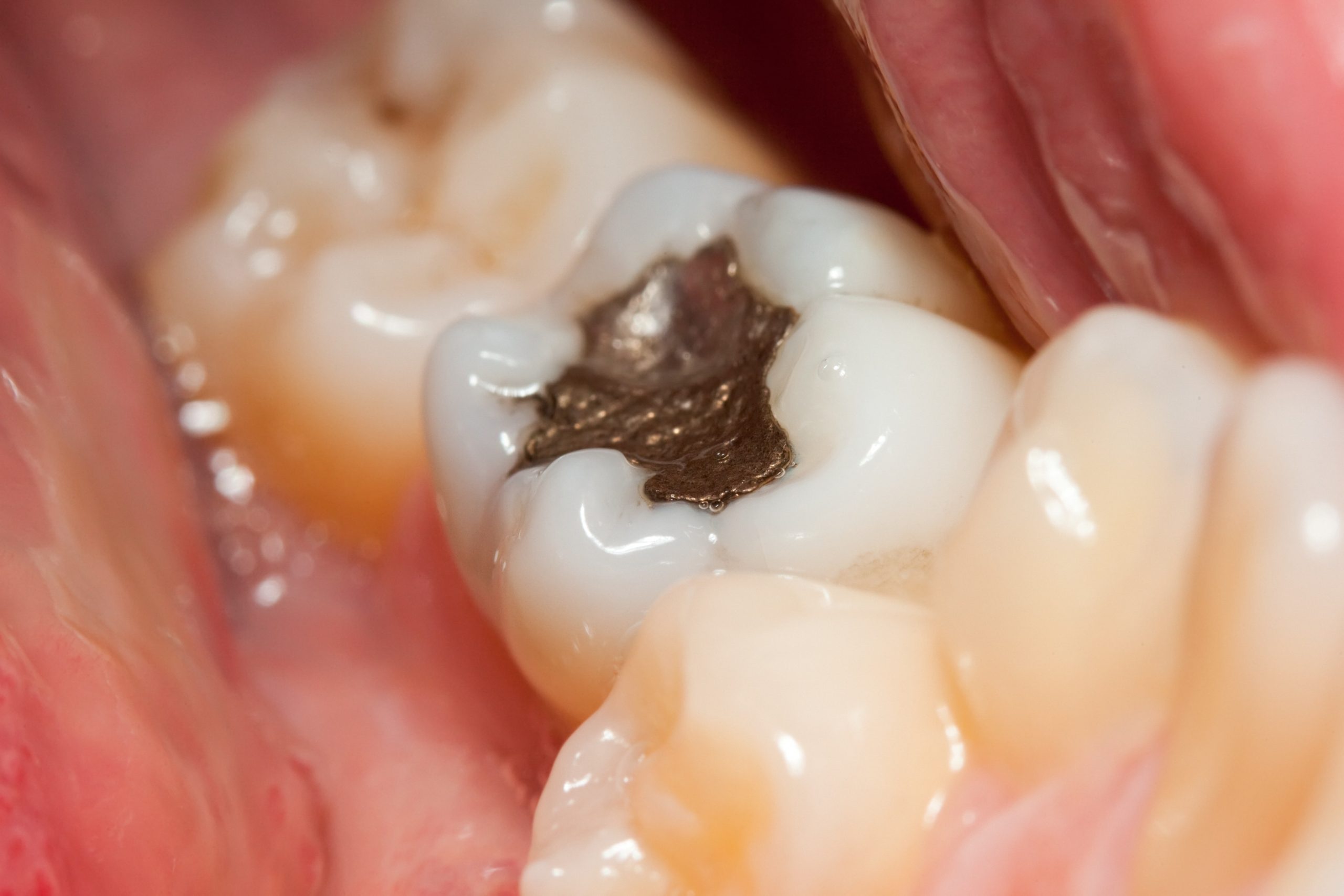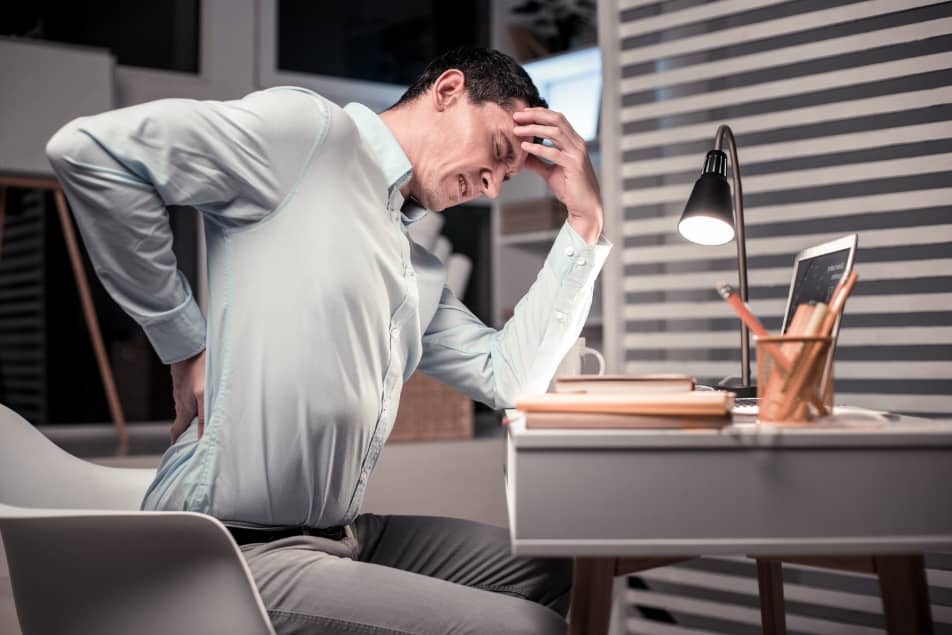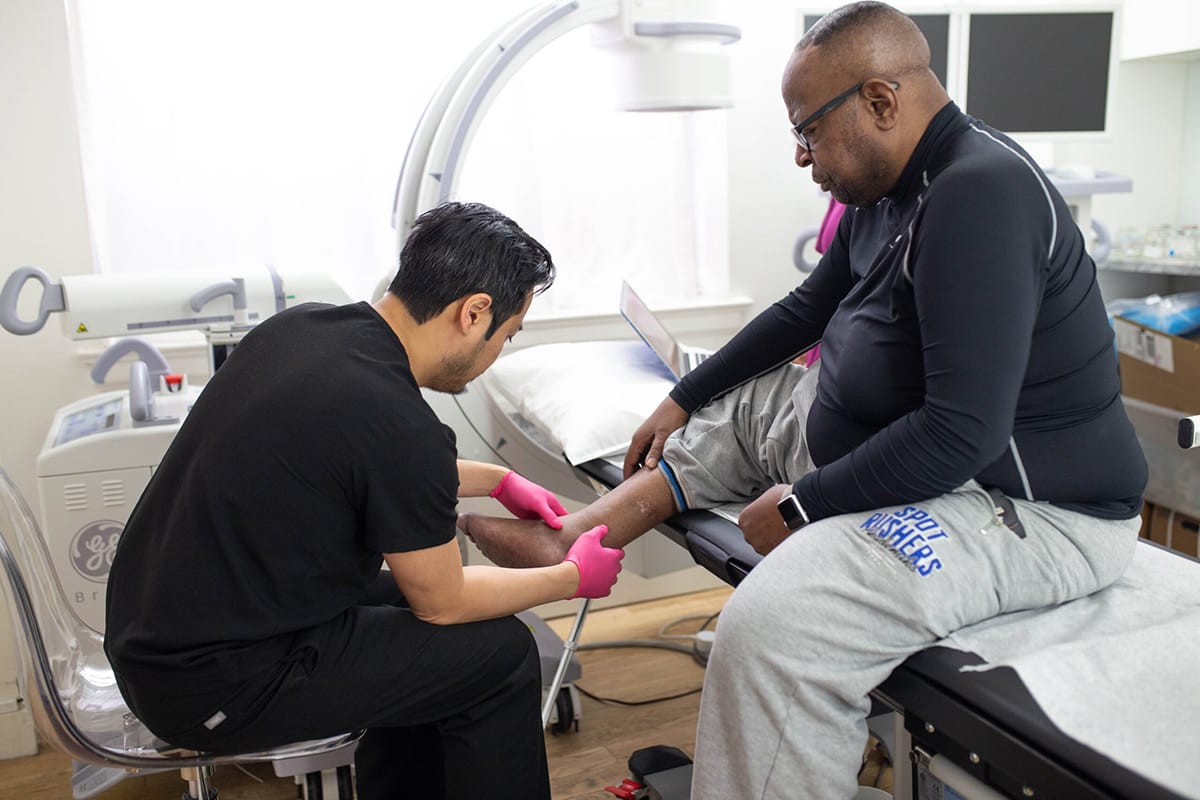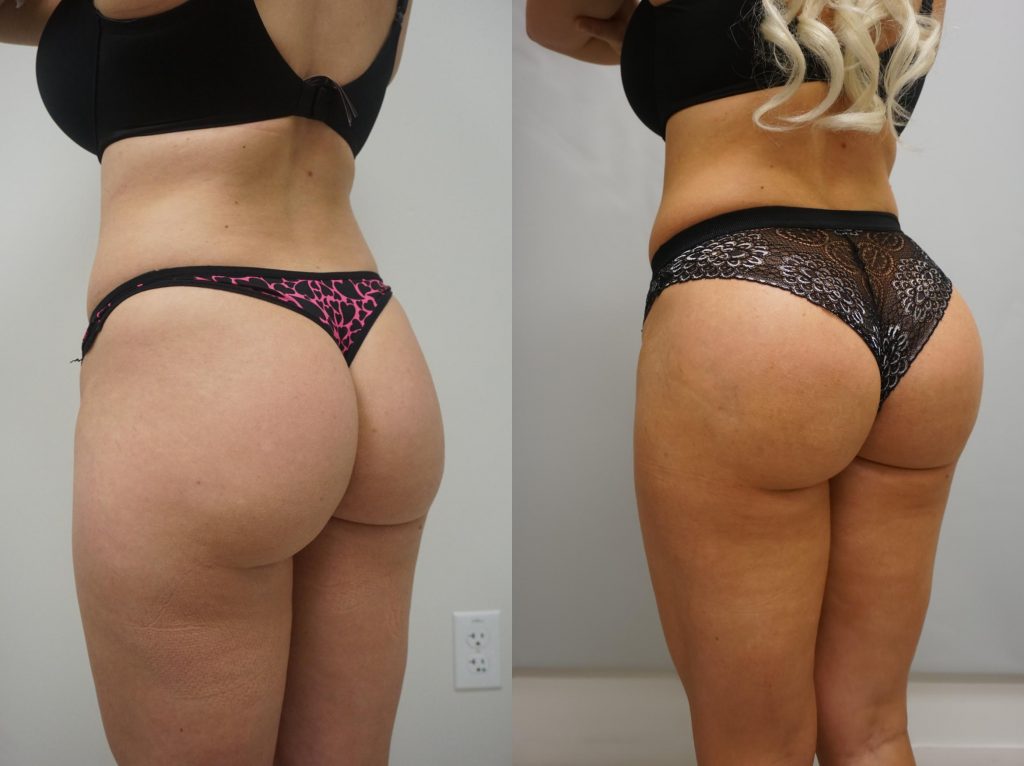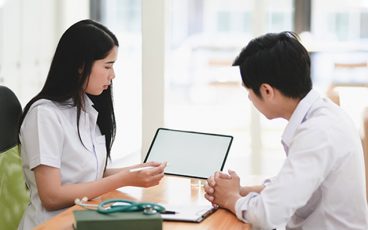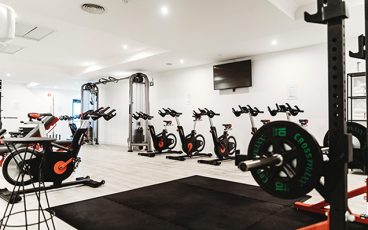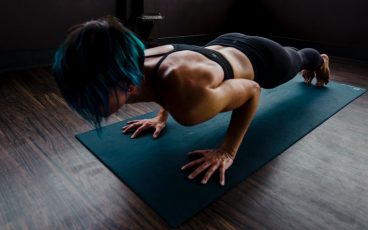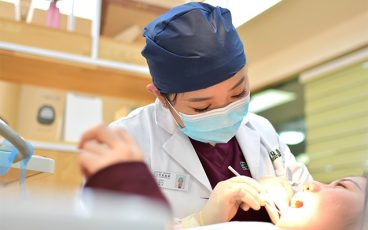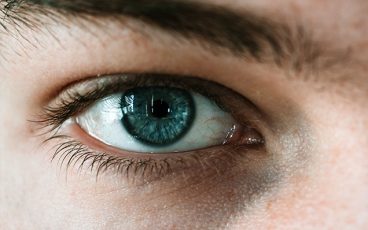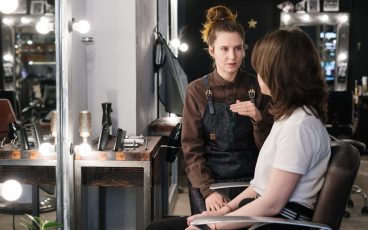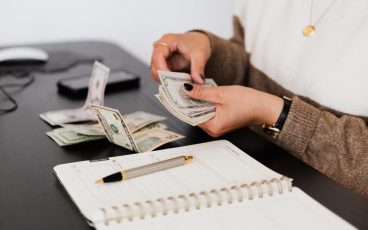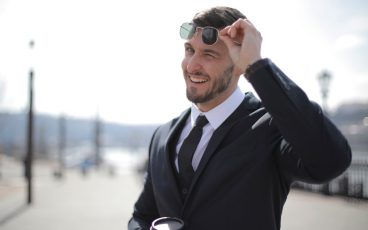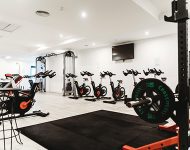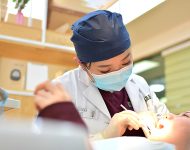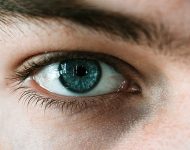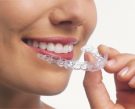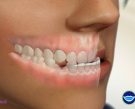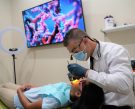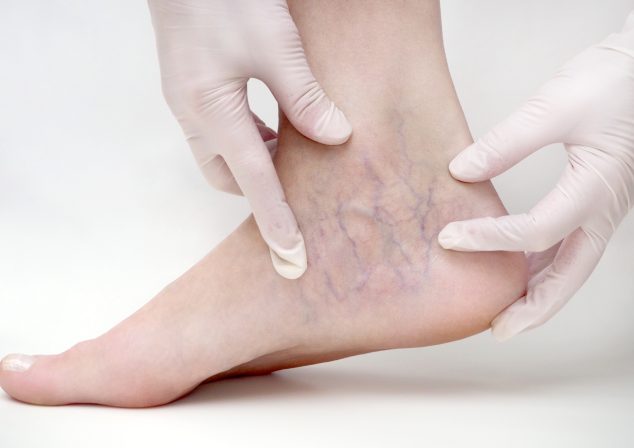
Varicose veins are a common disease seen in many people of different ages. These veins occur when the blood starts to pool in the veins or enlargement of veins. Varicose veins are usually swollen veins that appear underneath the skin and are purple to reddish. They can cause mild to severe pain and typically occur in the legs or ankles.
Treatment is necessary to reduce the symptoms, and you must see a vein specialist. Your vein doctor may provide you with compression socks or stockings. If you are thinking, What Kind of Doctor is a Vein Specialist
Symptoms of varicose veins:
For many people, varicose veins are only a cosmetic concern, and for many, they can cause severe health problems. The veins that are large and twisted can cause discomfort, and damaged veins can be extremely painful at times.
Varicose veins can contribute the following:
- Feeling heavy or painful legs
- Cramps in legs
- The feeling of burning in the legs
- Have swelling in calves or even around ankles
- Discoloration around affected veins area.
- Leg ulcers
All these symptoms of varicose veins can cause pain and discomfort. If the vein is not treated, the signs of varicose veins may worsen, and more blood pool around the legs and ankles. It may also be caused because long periods of sitting or standing can often result in severe pain.
How to get relief from varicose vein pain?
There are several ways to relieve pain caused by varicose veins.
Elevate your legs
Keep your legs above your heart to relieve the pain and discomfort of varicose veins. You can use a stool or table to keep and stretch your legs or lie in bed and keep your legs on three or four pillows to allow them to rest. This method enables the blood to flow correctly in your lower body and circulate back toward the heart, helping venous valves to function more effectively. Atleast for 15 minutes, keep your legs elevated; it helps reduce the pain and swelling in the legs.
Exercise and stretch your legs
Do regular short-period exercise to keep the blood flow properly in the body, which will help the blood flow and reduce pain.
If you have a sitting or standing job, you can change your position every 30 minutes and chit-chat with your office friend. Also, drink lots of water to keep yourself hydrated and allow healthy blood circulation. So drink enough water to keep yourself active.
Preventing pain
To prevent pain, you must wear a unique compression stocking to control symptoms such as swelling and heavy legs; it also helps avoid cramps at night. Compression stockings can help relieve achy legs and tiredness of legs.
Avoid wearing high heels and tight clothing as it can worsen varicose veins. They can put too much pressure on the affected area and strangle blood flow. Also, wear comfortable shoes, especially if you will be on your feet all day. Also, avoid a hot water bath as it can hurt your veins. Consult a doctor who treats varicose veins for helpful tips to prevent pain. What Kind of Doctor Treats Varicose Veins? A phlebologist or a vascular surgeon can help treat the vein problems.
In Conclusion:
Talk to your doctor if your varicose veins are causing pain and discomfort regularly. Treating the underlying condition can result in a more effective solution to your pain than a temporary fix of the symptoms
0 Comments 772 Views
YOU MAY ALSO LIKE
share
About me
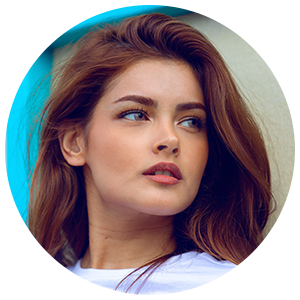
Health And Healthy Tips is Free health blog, If you wish to be part of this blog and want to conribute contents which are interesting for our readers, please contact us.
CATEGORY
- Beauty (19)
- BUSINESS (3)
- Dental Care (187)
- Eye Care (12)
- Fitness (23)
- Healthy Life (179)
- Men's (10)
- Women's (12)

